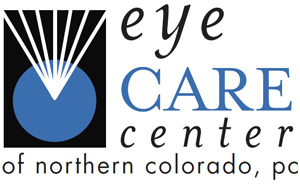Dry Eye FAQ
Why does dry eye occur?
What are tears and how do they relate to dry eye?
How is dry eye diagnosed?
What can cause dry eye?
There are many factors that affect dry eye include age, medications, commercial eye makeup removers, screen time, autoimmune diseases and the environment. Here are some of the most common causes:
Lifestyle
Staring at computer screens, televisions or electronic readers for long periods of time, exposure to air conditioning, wind, smoke, and dry climates.
Age
Dry eye syndrome often gets worse as we age because tear production decreases. Dry eye is more common in people age 50 years or older.
Gender
Women are more likely to develop dry eye. Hormonal changes during pregnancy and after menopause have been linked with dry eye as well as an increased risk for autoimmune disorders.
Medications
Antihistamines, decongestants, antidepressants, birth control pills, hormone replacement therapy, medications for anxiety, Parkinson’s disease, and high blood pressure have been associated with dry eye.
Medical Conditions
Rosacea (an inflammatory skin disease) and blepharitis (an inflammatory eyelid disease) can disrupt the function of the Meibomian glands.
Autoimmune disorders
Sjögren’s syndrome, lupus, scleroderma, rheumatoid arthritis, diabetes, thyroid disorders, and Vitamin A deficiency are associated with dry eye.
